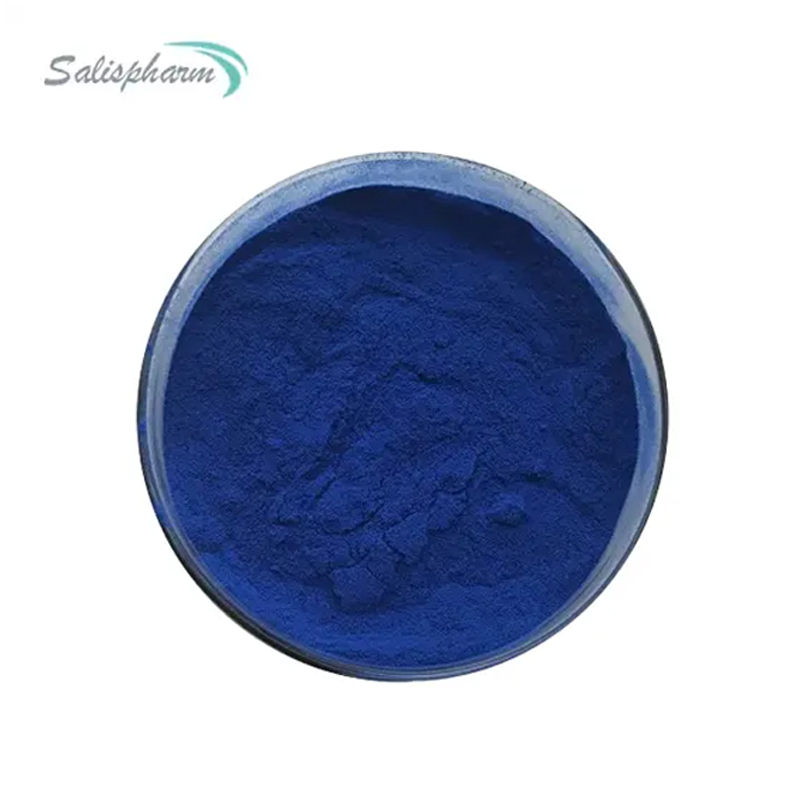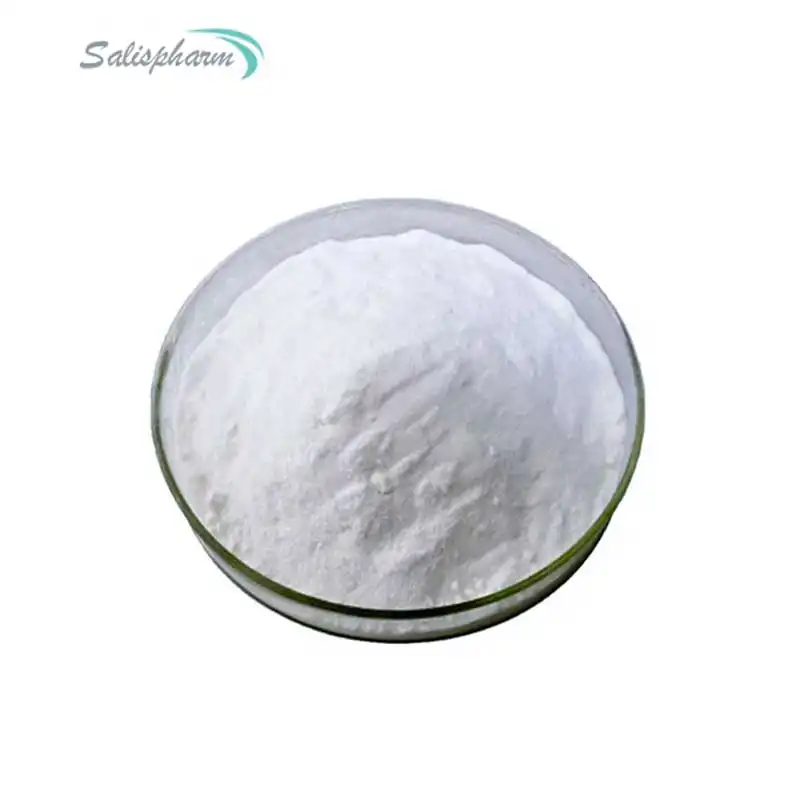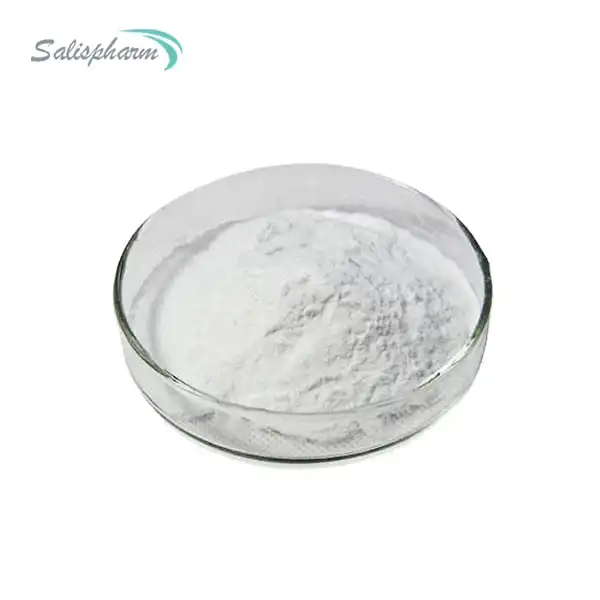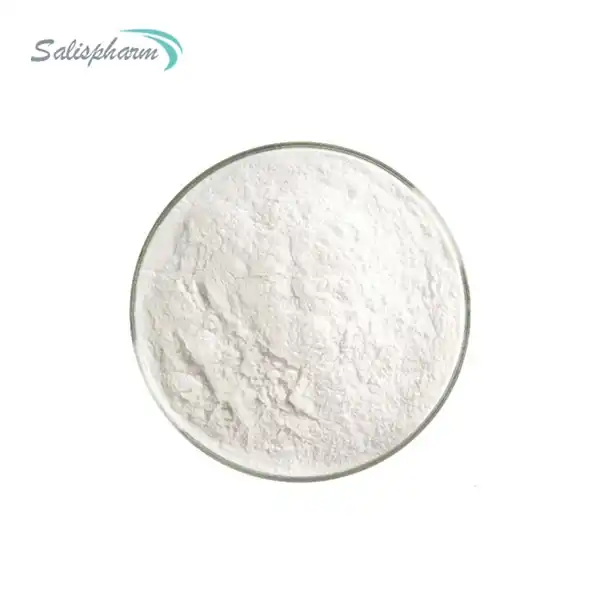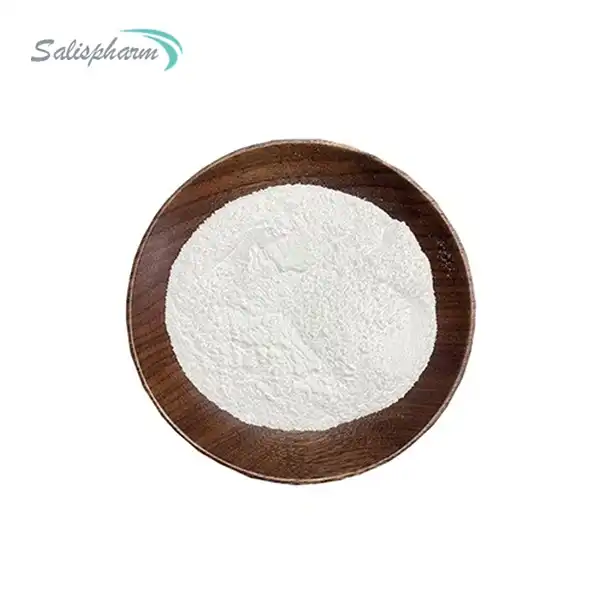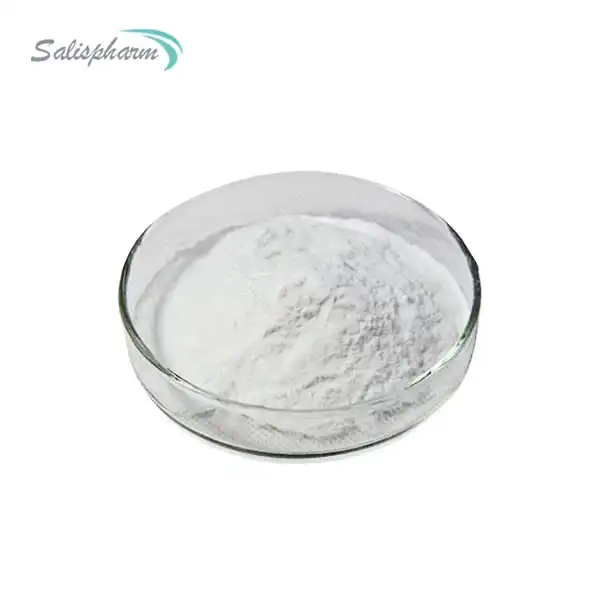Minoxidil powder is a widely used and effective treatment for hair loss, particularly in cases of androgenetic alopecia (male and female pattern baldness). This medication works by increasing blood flow to the hair follicles, promoting their growth and preventing further hair loss. However, minoxidil powder is not readily soluble in water, and improper dissolution techniques can lead to ineffective or inconsistent results. Therefore, understanding the proper methods for dissolving minoxidil powder is crucial for preparing a topical solution that can be effectively applied to the scalp.
Understanding Minoxidil Powder
Minoxidil powder is a white, crystalline substance that belongs to the class of potassium channel openers. It was initially developed as an oral medication for treating high blood pressure but was later found to have the unexpected side effect of promoting hair growth. When applied topically, minoxidil stimulates the hair follicles by increasing blood flow and delivering essential nutrients, resulting in thicker, healthier hair growth.
One of the challenges in using minoxidil powder is its poor solubility in water. This characteristic makes it difficult to dissolve effectively, often leading to undissolved particles or incomplete dissolution. Proper dissolution techniques are essential to ensure that the minoxidil powder is fully dissolved, allowing for consistent and effective application to the scalp.

Selection of Solvents
The choice of solvent plays a crucial role in dissolving minoxidil powder effectively. While minoxidil is poorly soluble in water, it can be readily dissolved in certain organic solvents. Two commonly used solvents for minoxidil dissolution are propylene glycol and ethanol.
Propylene glycol is a colorless, odorless, and non-toxic solvent that is widely used in various pharmaceutical and cosmetic products. It is an excellent solvent for minoxidil powder and has the added benefit of enhancing the absorption of the drug through the skin. However, propylene glycol can cause skin irritation or dryness in some individuals, especially when used in high concentrations. It is generally considered safe for topical use, but individuals with sensitive skin or allergies should exercise caution.
Ethanol, also known as alcohol, is another effective solvent for minoxidil powder. It is readily available and can dissolve minoxidil efficiently. However, ethanol can be drying to the skin and may cause stinging or irritation, especially when applied to sensitive areas or open wounds. Additionally, ethanol can potentially denature or degrade certain ingredients in the formulation, affecting the stability and efficacy of the solution. It is important to note that ethanol can be flammable and should be handled with care, avoiding exposure to open flames or heat sources.
Other solvents, such as polyethylene glycol (PEG) and glycerin, can also be used to dissolve minoxidil powder, but they may have different properties and potential side effects. It is essential to consult with a healthcare professional or a qualified compounding pharmacist to determine the most suitable solvent for your specific needs and skin type.
Step-by-Step Dissolution Process
To dissolve minoxidil powder effectively, follow these step-by-step instructions:
1. Measure the required amount of minoxidil powder carefully using an accurate scale or measuring device.
2. In a clean, dry container, add the appropriate amount of solvent (propylene glycol, ethanol, or other recommended solvent) to the minoxidil powder.
3. Stir or agitate the mixture vigorously to ensure that the minoxidil powder is fully dispersed in the solvent.
4. If necessary, apply gentle heat to the mixture to aid in the dissolution process. However, be cautious not to overheat, as this can degrade or alter the properties of the minoxidil or solvent.
5. Continue stirring or agitating the mixture until all the minoxidil powder has completely dissolved, and the solution appears clear and free of any undissolved particles.
6. If the solution remains cloudy or contains undissolved particles after thorough mixing, consider adding a small amount of additional solvent or heating the mixture further.
It is essential to follow the recommended concentrations and ratios of minoxidil powder to solvent to ensure the desired strength and effectiveness of the topical solution. Consulting with a healthcare professional or a compounding pharmacist can help determine the appropriate concentrations based on your specific needs and the intended use of the solution.
Stabilizing and Enhancing the Formulation
Once the minoxidil powder has been dissolved in the chosen solvent, additional steps can be taken to enhance the stability and efficacy of the formulation. For example, incorporating antioxidants like vitamin E or butylated hydroxytoluene (BHT) can help protect the solution from oxidation and extend its shelf life.
Penetration enhancers, such as liposomes or penetration enhancing agents like dimethyl sulfoxide (DMSO), can be added to improve the absorption and bioavailability of minoxidil through the scalp. These additives can increase the effectiveness of the topical solution by facilitating deeper penetration into the hair follicles.
It is important to note that the addition of any additional ingredients should be carefully considered and evaluated for potential interactions or adverse effects. Consulting with a qualified healthcare professional or a compounding pharmacist is recommended to ensure the safety and efficacy of the formulation.

Storage and Application
Once the minoxidil solution is properly dissolved, it is important to store it correctly to maintain its stability and potency. The dissolved solution should be stored in an airtight, light-resistant container, preferably in a cool, dry place away from direct sunlight and heat sources.
When applying the minoxidil solution to the scalp, it is recommended to follow the instructions provided by your healthcare provider or the product label. Typically, the solution should be applied to the affected areas of the scalp once or twice daily, using a dropper or applicator to ensure even distribution.
It is important to cleanse the scalp before applying the solution to remove any oils, dirt, or product buildup that could interfere with absorption. Some individuals may also benefit from using a scalp massage or microneedling techniques to improve the penetration of the solution into the hair follicles.
Consistency and adherence to the recommended dosage are crucial for achieving optimal results with minoxidil treatment. It is important to continue applying the solution as directed, even after seeing initial improvements, as hair growth can take several months to become noticeable. Regular follow-up with your healthcare provider is recommended to monitor progress and make any necessary adjustments to the treatment plan.
Potential Side Effects and Precautions
While minoxidil is generally well-tolerated, some individuals may experience side effects when using topical minoxidil solutions. Common side effects include scalp irritation, dryness, itching, or redness. In rare cases, more severe side effects such as facial hair growth, dizziness, or rapid heartbeat may occur.
It is important to inform your healthcare provider about any pre-existing medical conditions, allergies, or medications you are taking, as these may interact with minoxidil or influence the treatment plan.
Individuals with certain medical conditions, such as heart disease or low blood pressure, should exercise caution when using minoxidil and consult with their healthcare provider before starting treatment.
Conclusion
Proper dissolution of minoxidil powder is essential for preparing an effective topical solution for hair loss treatment. By understanding the solubility characteristics of minoxidil, selecting the appropriate solvent, and following the step-by-step dissolution process, individuals can ensure consistent and optimal results.
Dissolving minoxidil powder correctly not only enhances the efficacy of the treatment but also ensures safety by minimizing the risk of undissolved particles or impurities. With patience, attention to detail, and adherence to proper techniques, individuals can successfully dissolve minoxidil powder and achieve the desired results in their hair loss treatment journey.
It is important to consult with healthcare professionals, such as dermatologists or compounding pharmacists, to obtain personalized guidance and recommendations based on individual needs and circumstances. Regular monitoring and follow-up are crucial for maintaining the effectiveness and safety of minoxidil treatment.
By combining proper dissolution techniques with a comprehensive hair loss management plan, individuals can increase their chances of achieving successful hair regrowth and maintaining a healthy scalp environment.
If you are also interested in this product and want to know more product details, or want to know about other related products, please feel free to contact iceyqiang@gmail.com.
References:
1. Blume-Peytavi, U., & Tosti, A. (2019). Minoxidil. In Hair Growth and Disorders (pp. 497-509). Springer, Berlin, Heidelberg.
2. Messenger, A. G., & Rundegren, J. (2004). Minoxidil: mechanisms of action on hair growth. British Journal of Dermatology, 150(2), 186-194.
3. Sharma, N., & Rathore, B. (2018). Minoxidil formulations: challenges and approaches for topical drug delivery. Current drug delivery, 15(1), 134-145.
4. Tosti, A., & Pazzaglia, M. (2010). Minoxidil topical solution: formulation and efficacy in male pattern baldness. Current Drug Therapy, 5(2), 136-142.
5. Tosti, A., & Pazzaglia, M. (2010). Drug formulations for treatment of alopecia. Journal of Investigative Dermatology Symposium Proceedings, 15(1), 32-36.

